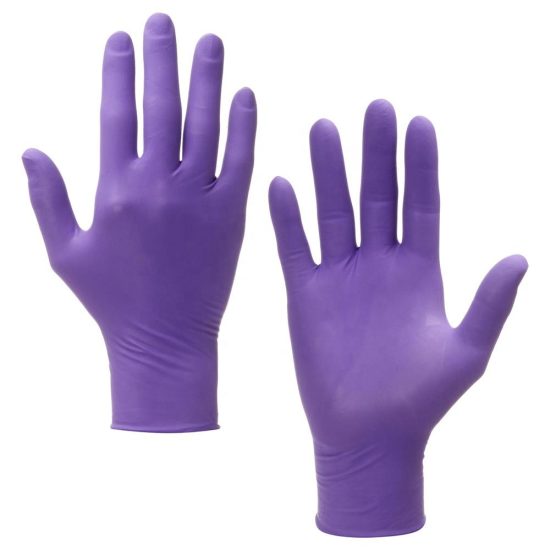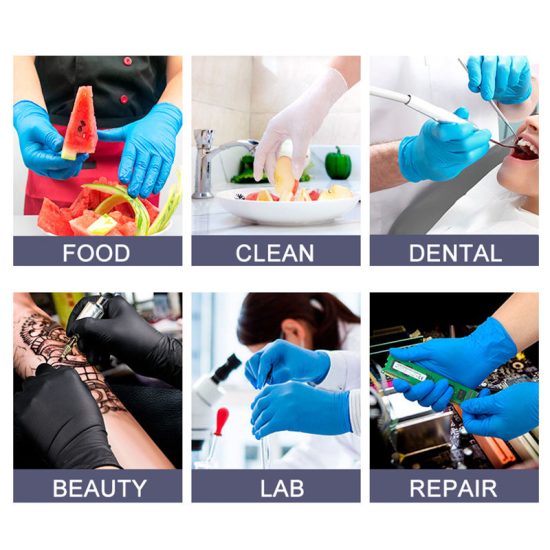Work glove technology continues to evolve, with advancements aimed at enhancing comfort, protection, durability, and functionality. Here are some of the latest innovations in work gloves technology:
- Smart Glove Technology: Some work gloves now incorporate smart features such as sensors, Bluetooth connectivity, and touch screen compatibility. These gloves enable users to operate touch screen devices without removing their gloves and provide data on hand movements and activities for tracking and analysis.
- Impact Protection: Work gloves with advanced impact protection technology use materials like thermoplastic rubber (TPR) or gel padding strategically placed on the back of the hand and knuckles. This technology helps absorb and dissipate impact forces, reducing the risk of hand injuries.
- Cut-Resistant Materials: New materials, such as high-performance fibers like Dyneema and Spectra, are being used to create work gloves with exceptional cut resistance. These gloves offer high levels of protection against sharp objects and tools while maintaining flexibility and dexterity.
- Touchscreen Compatibility: Many work gloves now feature touchscreen-compatible fingertips, allowing users to operate smartphones, tablets, and other touch-sensitive devices without removing their gloves. This feature enhances convenience and productivity in various industries.
- Enhanced Grip Technology: Work gloves are incorporating improved grip technologies, such as textured coatings, rubberized patterns, or silicone palm prints. These innovations provide better traction and grip on tools, equipment, and surfaces, even in wet or oily conditions.
- Moisture Management: Work gloves with moisture-wicking and breathable materials help keep hands dry and comfortable, preventing sweat build-up and reducing the risk of discomfort, odor, and skin irritation.
- Anti-Vibration Technology: Some work gloves feature specialized padding or gel inserts strategically placed in the palm area to dampen and reduce the transmission of vibrations. This technology is beneficial for workers using power tools or operating machinery to minimize the risk of hand-arm vibration syndrome (HAVS).
- Anti-Microbial Treatment: Work gloves incorporating anti-microbial treatments help prevent the growth of bacteria, fungi, and odors. This feature is particularly useful in industries where hygiene and contamination control are critical, such as healthcare and food handling.
- Ergonomic Design: Work gloves are being designed with ergonomic considerations to optimize fit, comfort, and natural hand movement. These gloves may include pre-curved fingers, adjustable closures, and anatomical shaping to reduce hand fatigue and improve overall performance.
- Sustainability: There is a growing focus on sustainable and eco-friendly materials in work gloves. Manufacturers are exploring options like recycled materials, biodegradable or compostable components, and reducing their environmental impact during production.
These are just a few examples of the latest innovations in work glove technology. As technology advances, we can expect further improvements in comfort, protection, and functionality to meet the evolving needs of workers in various industries.


